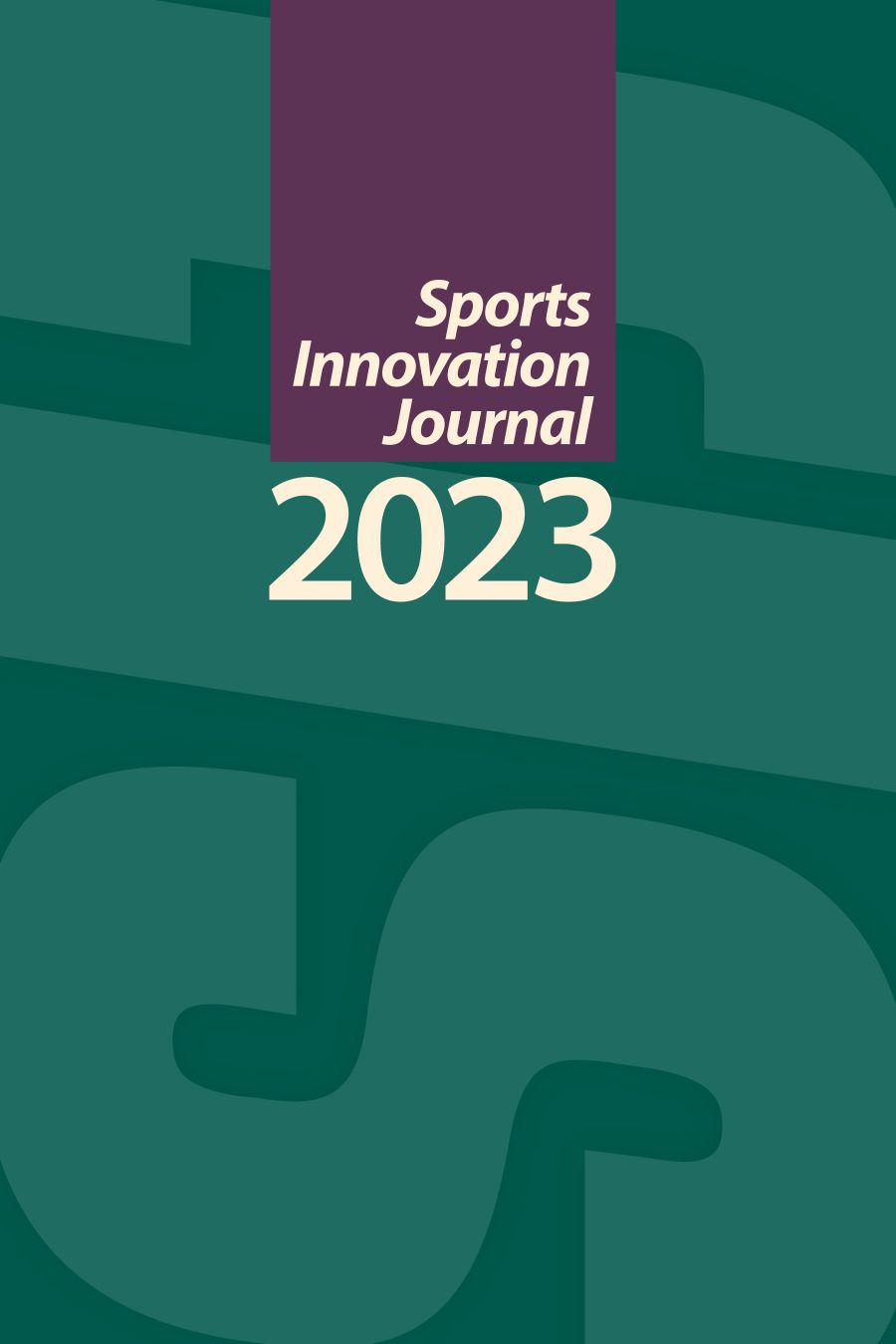The Most Important, But Often Forgotten Department: Sports Information
The Intersection Between Human Capital and Managerial Operations in Division II College Athletics
DOI:
https://doi.org/10.18060/26504Keywords:
sports information directors, collegiate athletics, administration, NCAA, human capital theoryAbstract
Sports information operations can be crucial to the success of an athletic department; however, a review of NCAA Division II website staff directories indicated that the majority of institutions operating in this division utilize a one-person sports information operation system. The one-person operation may be considered the norm, but previous research reports sports information directors (SIDs) feel overworked and under-appreciated in their positions. With the negative perspective reported by SIDs working in the industry, an analysis exploring sports information operations management in Division II could offer innovative solutions for institutions operating with a one-person SID operation. An electronic survey was distributed to all NCAA Division II SIDs and the researchers conducted a content analysis from survey responses to identify current perceptions and experiences Division II SIDs have regarding sports information operations on campus. Results indicate that Division II SIDs are expected to perform many functions with very limited resources. Recommendations for improving working conditions for Division II SIDs are discussed and innovative solutions are offered.
References
Barnhill, Smith, N. L., & Oja, B. D. (2021). Organizational behavior in sport management : an applied approach to understanding people and groups. Palgrave Macmillan.
Cable, D. M. & Judge, T. A. (1994). Pay preferences and job search decisions: a person-organization fit perspective. Personnel Psychology, 47, 17–348. https://doi.org/10.1111/j.1744-6570.1994.tb01727.x
Cable, D. M. & Judge, T. A. (1996). Person-organization fit, job choice decisions, and organizational entry. Organizational Behavior and Human Decision Processes, 67, 294–311. https://doi.org/10.1006/obhd.1996.0081
Chatman, J. A. (1989). Improving interactional organizational research: A model of person-organization fit. Academy of Management Review, 3, 333–349. https://doi.org/10.5465/AMR.1989.4279063.
Chelladurai, P. (2014). Managing organizations for sport and physical activity: A systems perspective, (4th ed.). Scottsdale, AZ: Holcomb Hathaway Publishing.
Fan, P. (2018). Person-organization fit, work-family balance, and work attitude: The moderated mediating effect of supervisor support. Social Behavior and Personality, 46, 995–1010. https://doi.org/10.2224/sbp.6915.
Hardin, R., & McClung, S. (2002). Collegiate sports information: A profile of the profession. Public Relations Quarterly, 47(2), 35-39. Retrieved from https://www.proquest.com/scholarly-journals/collegiate-sports-information-profile-profession/docview/222397338/se-2?accountid=11226
Jackowski, M. (2007). Conceptualizing an improved public relations strategy: A case for stakeholder relationship marketing in division I-A intercollegiate athletics. Journal of Business and Public Affairs, 1(1)
Kelley, C. P, Soboroff, S. D., Katayama, A. D., Pfeiffer, M, & Lovaglia, M. J. (2018). Institutional reforms and the recoupling of academic and athletic performance in high-profile college sports. Sport Journal, 1–21.
Kristof, A. L. (1996). Person-organization fit: An integrated review of its conceptualizations, measurement, and implications. Personnel Psychology, 49, 1–49. https://doi.org/10.1111/j.1744-6570.1996.tb01790.x.
Kristof-Brown, A. L., and Billsberry, J. Organizational Fit: Key Issues and New Directions . Chichester, West Sussex ;: Wiley-Blackwell, 2013. Print.
Kristof-Brown, A. L., Zimmerman, R. D., & Johnson, E. C. (2005). Consequences of individuals’ fit at work: A meta-analysis of person–job, person–organization, person–group, and person–supervisor fit. Personnel Psychology, 58, 281–342. https://doi.org/10.1111/j.1744-6570.2005.00672.x
Moore, J. (2012). Strategic influence in college sports public relations. CoSIDA E-Digest, 47–54.
Neupauer, N. C. (1999). A personality traits study of sport information directors at “big” vs. “small” programs in the east. Social Scientist Journal, 36, 163–172.
Stensland, P. J, Bass, J. R. & Mays, J.R. (2020). Pressure to conform: An analysis of culture congruency within intercollegiate athletic departments. Journal of Contemporary Athletics, 14, 103–122.
Stoldt, G. C. (2008). Interview with John Humenik, executive director of the college sports information directors of America. International Journal of Sport Communication, 1, 458- 464.
Stoldt, G. C. (2013). College athletics communications: Evolution of the field. In P. M. Pedersen (Ed.), Routledge handbook of sport communication (pp. 482-492). New York: Routledge.
Stoldt, G. C., & Vermillion, M. (2013). The organizational roles of college athletics communicators: Relationship to the use and perceptions of social media. International Journal of Sport Communication, 6, 185–202.
Stoldt, G. C., Miller, L. K., & Comfort, P. G. (2001). Through the eyes of athletic directors: perceptions of sport information directors, and other public relations issues. Sports Marketing Quarterly, 10, 164–171.
Washington, M., & Patterson, K. D. W. (2011, February). Hostile takeover or joint venture: Connections between institutional theory and sport management research. Sport Management Review. https://doi.org/10.1016/j.smr.2010.06.003
Whiteside, E., Hardin, M., & Ash, E. (2011). Good for society or good for business? Division I sport information directors’ attitudes toward the commercialization of sports. International Journal of Sport Communication, 4, 473–491.
Whiteside, E. A. (2014). New media and the changing role of sports information. In A. C. Billings, & M. Hardin (Eds.), Routledge handbook of sport and new media (pp. 143-152). New York: Routledge.
Downloads
Published
Issue
Section
License
Copyright (c) 2023 Kelly Elliott, Tyler A. Williams, Natalie Bunch

This work is licensed under a Creative Commons Attribution 4.0 International License.
Copyright to articles published in Sport Innovation Journal is retained by the author(s).


